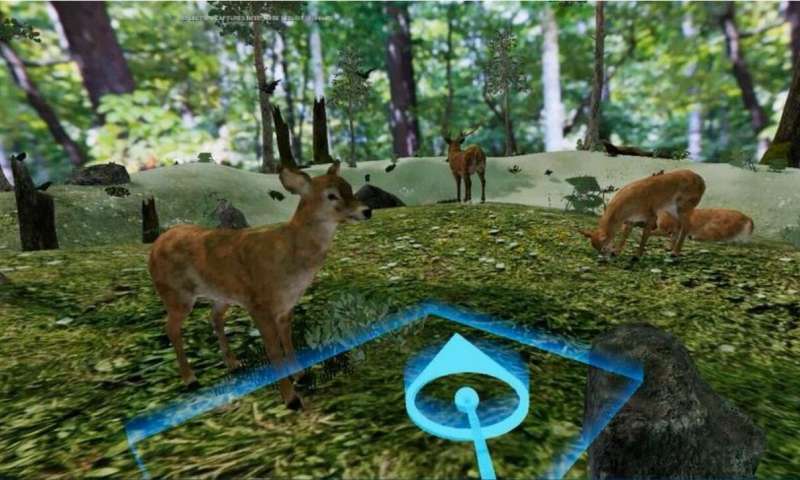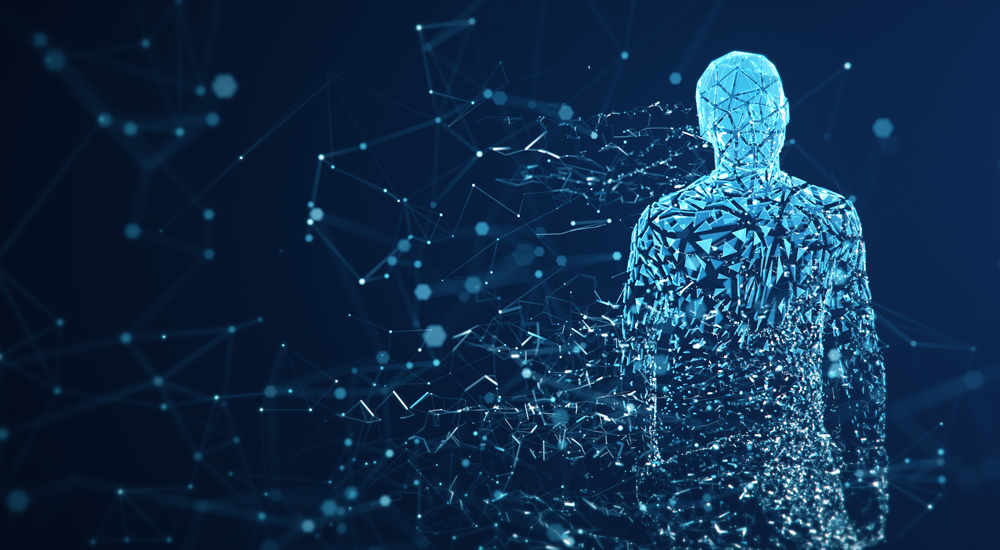Yulia Prokudina, a graduate student at the TSU Institute of Applied Mathematics and Computer Science, has created a virtual reserve that enables studying wild animals in their natural habitat. Ecosystems are made as close to life as possible, and the user can make changes to them—remove and add new animals, change their habitat. The new IT product opens up additional opportunities for teaching students. In the future, nature museums will be able to use the virtual reserve to conduct excursions in savannahs, tropical forests, the Arctic, and other climatic regions. The dissertation was carried out based on the AR/VR Laboratory.
– In education, the study of the environment occurs mainly with books and presentation materials. VR equipment is becoming more accessible every day, and therefore adding to the existing methods a nature simulation program will diversify the process, – explains Yulia Prokudina, the author of the project, a master’s student. – The study of analogs showed that there is no similar IT product on the market and in educational institutions. Only individual VR programs are presented, showing animal models, showing environments. Therefore, when choosing the dissertation topic with the supervisor, we decided to create a virtual reserve that combines all the objects and phenomena of the surrounding world—from animals and plants to sounds and weather conditions.
To complete the final work, the student had to immerse herself in biology: to study the classification of living organisms, their habitats, behavior patterns, and relationships. The practical implementation included the design of the image of the future product (development of a user script, interface, animation, audio support, and others) and the technical implementation of the idea.
– The final IT product enables the user to create ecosystem scenes, that is, add new objects—animals, birds, and plants—says Yulia Prokudina. – The main feature and advantage of this creation of scenes is that the user can fill any ecosystem with any animals, for example, you can place a brown bear in the Arctic and make a visual comparison with a polar bear. The presence effect helps you to get an idea of the object being studied in comparison with others (in color, size) and to itself (all objects are reproduced in natural size relative to the user’s height).
The VR reserve is accompanied by instructions for the teacher (how to create new scenes and add objects) and the student (recommendations for moving in virtual space). As noted by Andrey Pristupa, the supervisor of the graduate student, the head of the laboratory of VR/AR technologies, a working prototype was created. Over time, after completion, this simulator can be offered to educational institutions.
Quelle:
Foto: Tomsk State University
Provided by Tomsk State University
https://sciencex.com/wire-news/354521692/tsu-created-a-vr-reserve-for-studying-animals.html




